Having a workspace in your rental apartment is vital for several reasons. With remote work on the rise, a workspace at home has become a necessity. A separate workspace is important for creating a clear boundary between work and personal life, promoting a healthier balance. It fosters organization and concentration, leading to improved productivity and reduced stress. Ultimately, a workspace in apartments for rent is a fundamental aspect of creating a comfortable and efficient living space.
Challenges of creating a workspace in a rental apartment
- Limited Space
Rental apartments tend to have smaller dimensions, making it tricky to find a suitable area for work. The constrained space can limit the size and type of furniture and equipment that can be used for the workspace, potentially compromising its functionality and comfort. Nonetheless, innovative solutions such as utilizing the available vertical space and opting for space-saving furniture can help optimize the limited space.
- Noise Distractions
External factors such as construction, traffic, and noisy neighbors can create a disruptive environment that makes it difficult to work efficiently. Shared walls or doors can also amplify the noise level, further contributing to the issue. This can be particularly challenging for individuals who require a quiet and focused workspace to be productive.
- Lighting
Insufficient natural light, along with poor overhead lighting, can impact productivity, strain the eyes, and negatively impact mood. Additionally, poor lighting can diminish the aesthetic appeal and ambiance of the workspace, creating a demotivating environment. To address these challenges, one may need to invest in additional lighting fixtures, maximize natural light by adjusting the workspace layout, or use light-reflecting surfaces to improve brightness.
- Privacy
Shared spaces and thin walls can make it difficult to achieve the level of privacy necessary for focused work. This can be particularly problematic for individuals who need to attend virtual meetings or take calls. A lack of privacy can also create difficulty in separating work from personal life, leading to decreased productivity and burnout.
- Lack of Storage Space
Due to limited square footage, it can be challenging to find suitable storage solutions for work-related items such as files, books, and office supplies. Furthermore, rental apartments often have limited built-in storage options, such as closets and cabinets, leading to cluttered workspaces that can negatively impact productivity and creativity. To overcome storage challenges, one may need to consider investing in storage solutions such as shelves or filing cabinets, finding creative ways to maximize space, or using multifunctional furniture pieces that serve both as workspace and storage.
- Internet Connectivity
Many rental apartments have inadequate internet infrastructure, resulting in slow and unreliable internet connections that can hinder productivity. This can be especially troublesome for tasks that require extensive internet usage, such as video conferencing, online research, or file sharing.
Determine your space requirements
Determining your space requirements when creating a workspace in a rental apartment is an essential step towards creating a comfortable and efficient work environment. Firstly, evaluate the nature of your work and the amount of physical space required based on your work tasks. Consider the equipment and furniture needed to comfortably carry out your work, such as a desk, chair, computer, and other necessary supplies. Also, identify an optimal location for your workspace in relation to other living areas in the apartment to minimize noise distractions and ensure privacy.
Choose a suitable desk and chair
To start, assess the size of your workspace and select a desk that offers enough surface area for your equipment and supplies. The desk should also have an adjustable height to ensure ergonomic comfort and proper posture. Next, opt for a chair that can be adjusted in height and position and provides ample lumbar support and cushioning to prevent discomfort or injury. Finally, consider the style and design of the desk and chair to match the decor of your rental apartment.
Select appropriate lighting fixtures for your workspace
Firstly, positioning your workspace near windows or using sheer curtains to maximize natural light is essential. Task lighting can be added to highlight specific areas that require additional light. Incorporating ambient lightings, such as table lamps or floor lamps, can create a warm and inviting atmosphere. Also, selecting LED or fluorescent bulbs can prevent eye strain and headaches.
Additionally, dimmer switches can be used to adjust the brightness of your lighting as needed. Finally, avoiding harsh fluorescent lighting or overly bright lights can reduce glare and increase concentration.
Establish clear boundaries between workspace and living space
Firstly, designate a specific area exclusively for work purposes, whether it’s a separate room or a corner of a room.
Secondly, choose furniture and decor that distinguishes the workspace from the living space, such as a separate desk or color scheme.
Thirdly, ensure that all work-related items are stored away from the living space when not in use, including documents, computer equipment, and stationery.
Additionally, establish a clear schedule for work hours and communicate it with other occupants of the apartment to minimize interruptions.
Prioritize mental and physical well-being
Ensuring your mental and physical well-being is a top priority when creating a workspace in a rental apartment. Firstly, it’s important to have a well-ventilated workspace that receives natural light to create a positive and uplifting environment. Secondly, investing in ergonomic furniture, such as a comfortable chair and desk, and proper keyboard/mouse placement can help prevent any potential health issues.
Thirdly, taking regular breaks to stretch, walk or engage in other physical activities promotes good blood circulation and reduces eye strain.
Fourthly, including greenery in your workspace can create a calming atmosphere and improve air quality.
Additionally, reducing noise distractions by using noise-canceling headphones or playing calming background music can help improve focus and concentration.
Lastly, prioritizing your mental health by practicing relaxation techniques, such as meditation or yoga, and establishing a healthy work-life balance is vital.

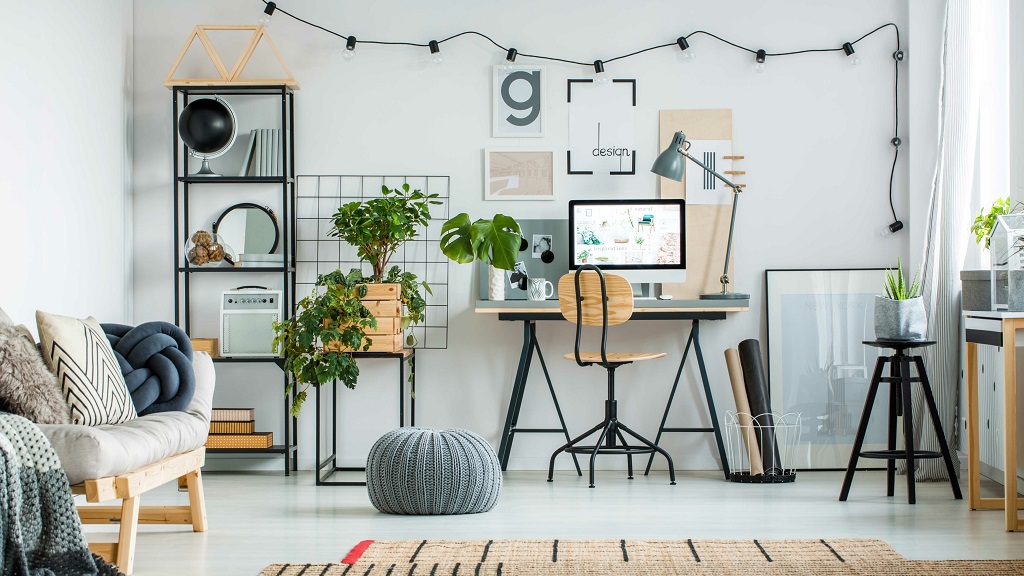
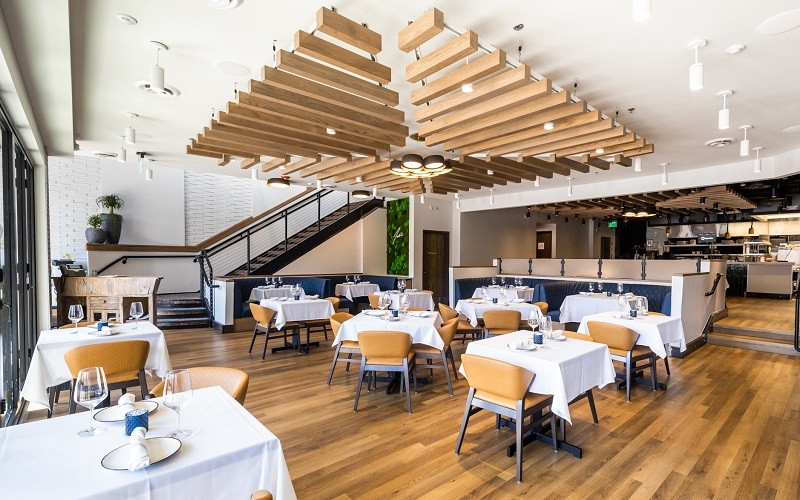
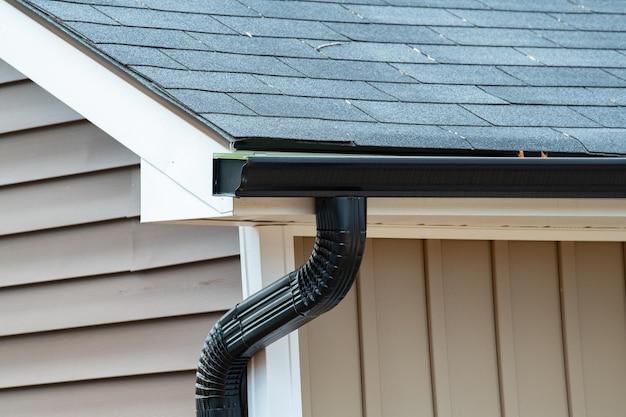
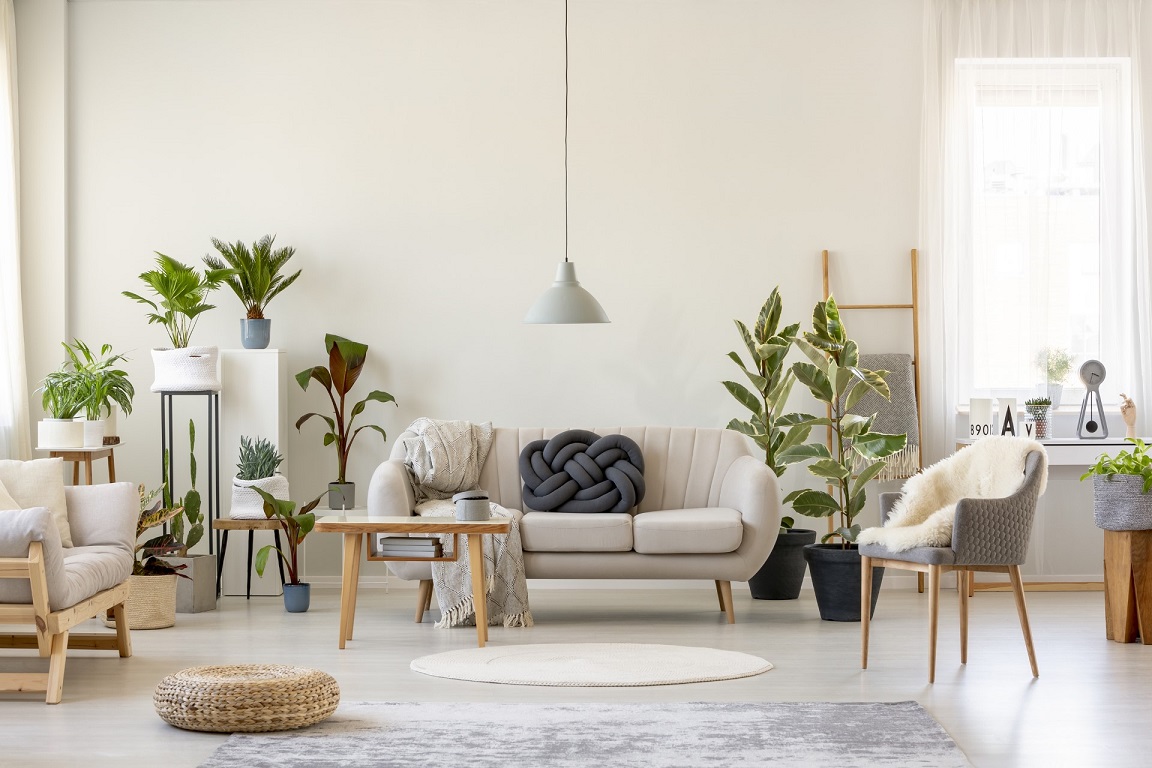
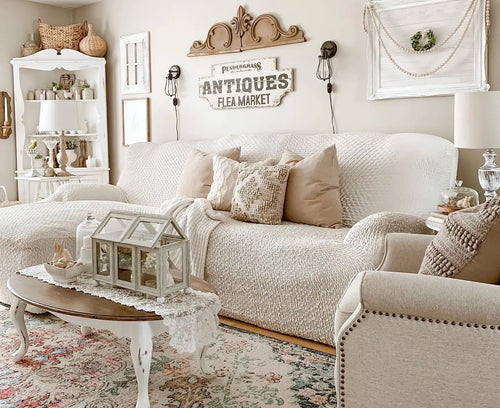
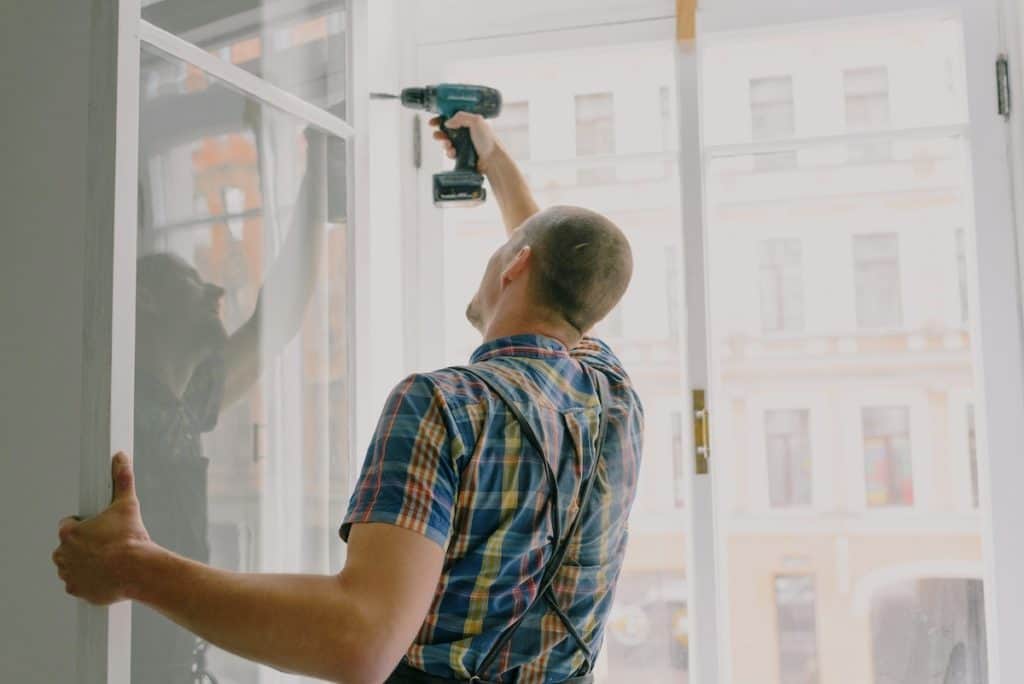

Add Comment